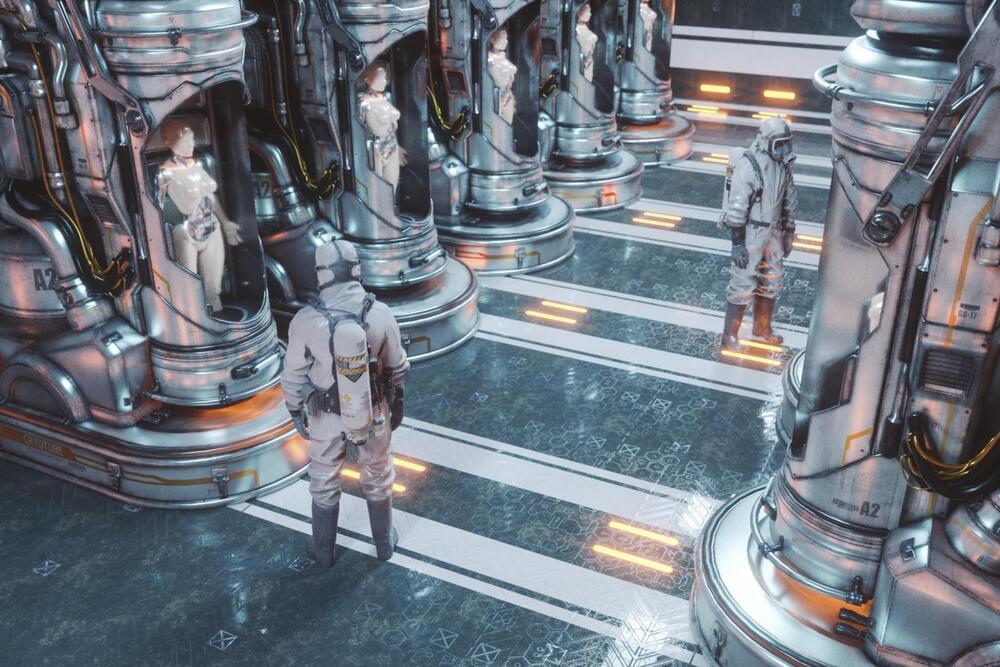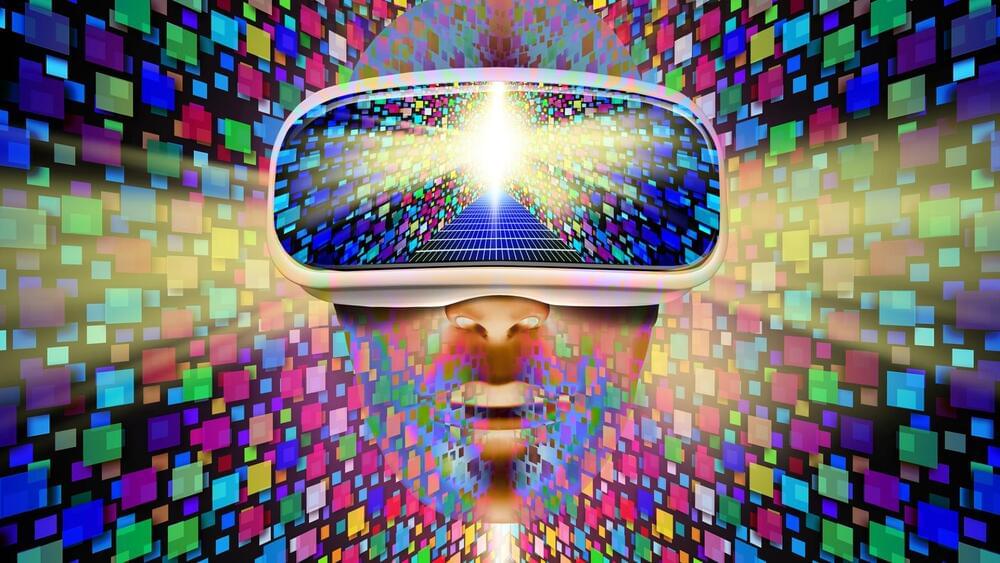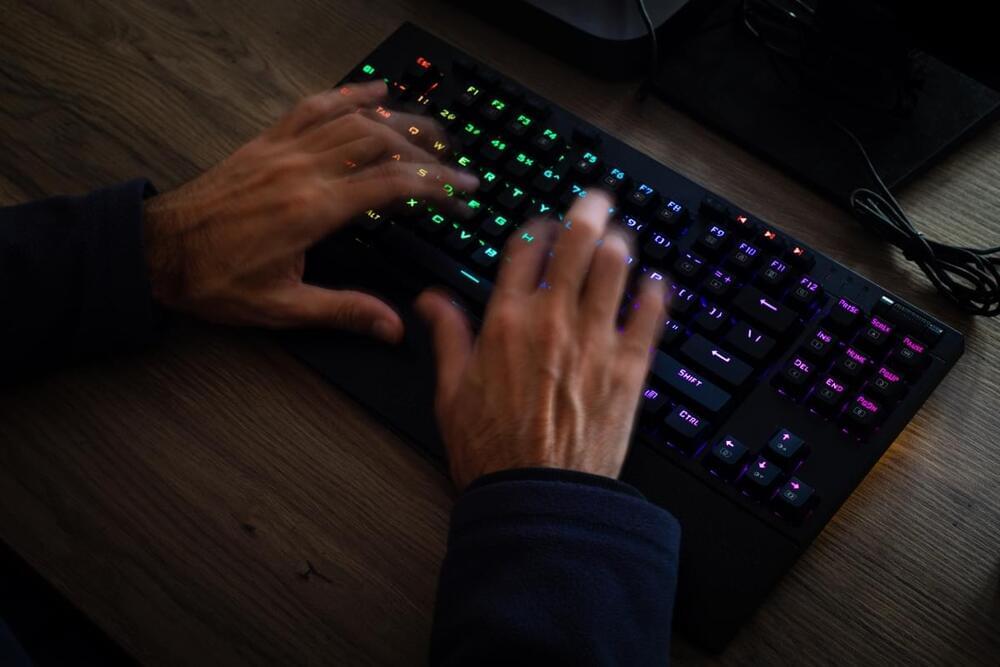The study aims to induce hibernation in monkeys and, eventually, in humans.
In a new study, researchers reduced the core body temperature of crab-eating macaques purely by controlling their brains. The study aims to find a way to induce hibernation in monkeys and, eventually, in humans.
Gremlin/iStock.
Hibernation enables mammals such as bears and rodents to survive adverse weather conditions or a lack of food. During this deep sleep state, they enter a kind of energy-saving mode. Breathing, heart rate, and energy consumption are all drastically reduced; their body temperature plummets, and their metabolism and the chemical reactions that keep them alive slow. Scientists call this condition’ torpor.’ Animals hibernate by alternating between long periods of torpor and brief periods of arousal, during which they wake up to feed.




